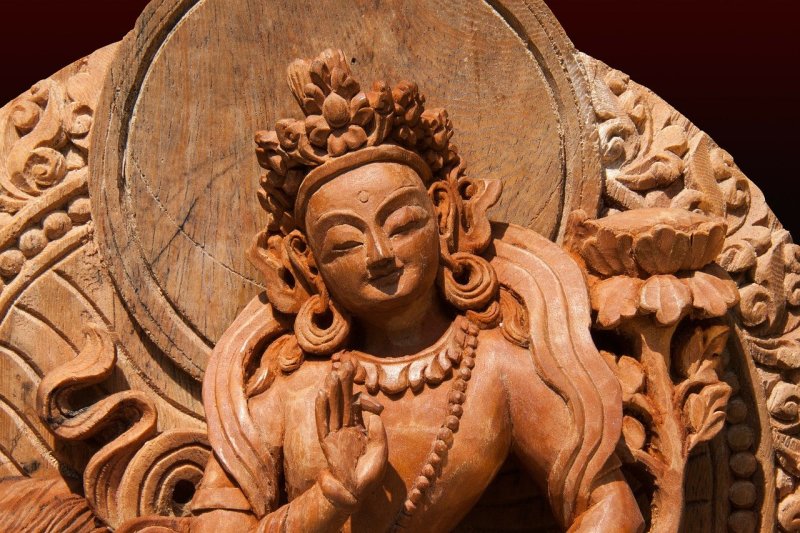Have you ever been out and seen someone where your heart just goes out to them? Where you can see their pain so clearly, and yet see their luminous self at the same time?
That happened this morning. As I was leaving the grocery store, a person was coming in who was emaciated, that anorexic, bone-showing kind of skinny. They also had so much makeup on that you could not see what they really looked like.
(Nothing against makeup. It’s an incredible form of self-expression. I have an artist friend who is incredibly skilled with makeup. It brings them joy. But in this case, it seemed like something to hide behind.)
Their pain was palpable. (Of course, this could be merely my projection. They might have been perfectly happy.) And at the same time, it was like I could see their luminous self. Some traditions might call it their Christ light, soul, inner spirit, deity within, or any of a thousand other words.
It felt like the luminous self in me instantly recognized the luminous self in them. I wanted to draw out that luminous self. To help them break through this tightly woven pattern of shame and self-hate. I wanted to go up to them and tell them they were so precious. But I didn’t. That would have been an invasion of privacy and unwanted attention.
I let them pass and did some loving kindness/compassion practice: May you have happiness and the true causes of happiness. May you be free from suffering and the causes of suffering.
When I got home and got the groceries put away, this person was still on my mind. It made me think a friend of mine who clearly and self-admittedly experienced a great deal of trauma from early on. They had needed to shut down emotionally to cope with the trauma, and still feel unsafe to come out.
I was thinking how much I wanted to help my friend see that the world can be safe. I wanted to drag them out of what I saw as a self-created prison. I wanted to force them to face their past and recover.
Then I realized that they might not be ready. Their method of shielding themself was like a scab covering their woundedness. Trying to “help” them would be like tearing off their scab. It would re-wound them. If you pick a scab before the wound is healed, more blood flows and it delays the healing process.
By confronting them to see their coping mechanisms and deal with their trauma, it would only injure them further. It would teach them even more to not trust the world and the people in it. The most compassionate thing is to love them exactly where they are, who they are, as they are.
In the end, perhaps this reminded me to be compassionate with myself, too. I’m not where I want to be, but I’m sure a hell of a lot better than I was! I guess I just want to say, be kind to others. Allow them to be who they are and just love them. Or, as NBC news anchor Lester Holt says, “Please take care of yourself, and each other.”
Photo by Chris Galbraith on Unsplash









